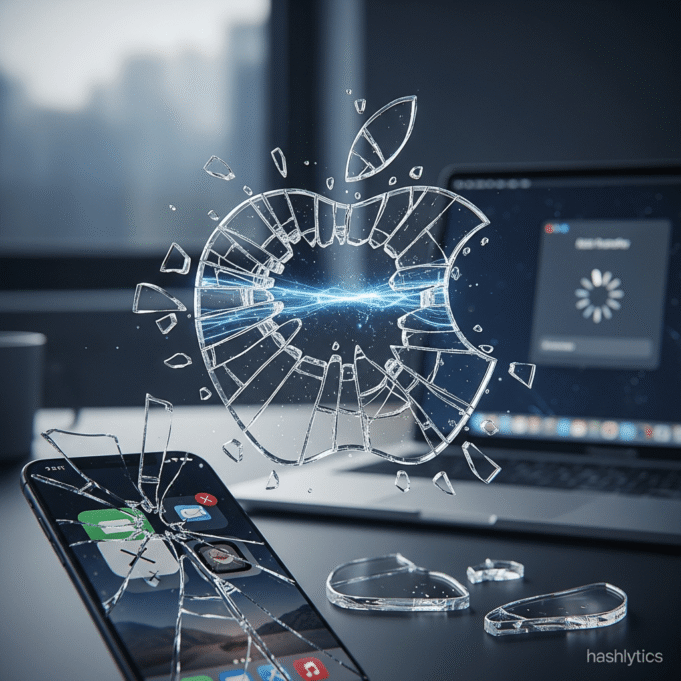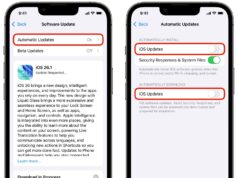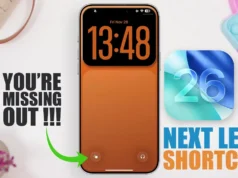Mirroring your iPhone screen to your Mac is one of the best new features in macOS Sequoia and iOS 18. Here’s how to set it up and the powerful ways you can use it, from drag-and-drop file transfer (goodbye, AirDrop!) to running your favorite mobile-only apps right on your desktop.
What Is iPhone Mirroring?
iPhone Mirroring is a new feature introduced in macOS Sequoia and iOS 18 that allows you to view and control your iPhone directly from your Mac. This seamless integration brings your iPhone’s interface to your desktop, enabling you to interact with mobile apps, notifications, and files without picking up your phone.
How It Replaces AirDrop
One of the most significant advantages of iPhone Mirroring is its drag-and-drop file transfer capability. Instead of using AirDrop to move files between your iPhone and Mac, you can now simply drag files directly from your mirrored iPhone screen to your Mac desktop or folders.
This method offers several benefits over traditional AirDrop:
- Faster workflow – No need to open AirDrop menus or wait for device discovery
- Visual feedback – See exactly what you’re transferring in real-time
- Direct placement – Drag files exactly where you need them on your Mac
- Continuous access – Keep your iPhone mirrored for multiple transfers without reconnecting
Running Mobile-Only Apps on Your Desktop
Beyond file transfers, iPhone Mirroring enables you to run your favorite mobile-only apps directly on your Mac. This is particularly useful for:
- Apps that don’t have Mac versions
- Mobile games that work better with keyboard and mouse
- Banking apps that require mobile verification
- Social media apps with features exclusive to mobile
You maintain full control of your iPhone through your Mac’s keyboard, mouse, or trackpad, making it easy to navigate and interact with apps as if they were native Mac applications.
Setting Up iPhone Mirroring
To use iPhone Mirroring, you need:
- macOS Sequoia or later on your Mac
- iOS 18 or later on your iPhone
- Both devices signed into the same Apple ID
- Both devices on the same Wi-Fi network
Once these requirements are met, iPhone Mirroring should be available in your Mac’s Control Center or through the iPhone Mirroring app in your Applications folder.





